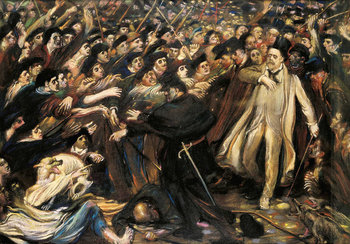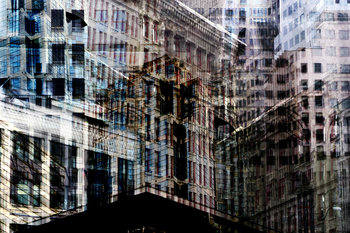|
| |
John Spacey, December 23, 2020 updated on January 16, 2021
Transparent is the state of allowing light to pass through. This is used to describe optical properties such as a window that lets in light. Transparency is also used in an analogous sense to describe openness and disclosure of information. The opposites of transparent include physical properties such as opaqueness and darkness that prevent light from passing through objects. Opposites also include words to describe secrecy, poor communication and inadequate disclosure. The following are common antonyms of transparent.
abstruse | classified | closed | cloudy | confidential | cryptic | dark | deceitful | dim | dishonest | disingenuous | dubious | equivocal | evasive | furtive | hazy | hidden | impenetrable | imprecise | incomprehensible | indecipherable | inexplicable | inscrutable | insidious | murky | mysterious | nontransparent | opaque | perplexing | private | puzzling | reserved | scheming | secretive | semitransparent | shadowy | shifty | sneaky | stealthy | translucent | tricky | unclear | uncommunicative | unfathomable | |
Transparency
This is the complete list of articles we have written about transparency.
If you enjoyed this page, please consider bookmarking Simplicable.
© 2010-2023 Simplicable. All Rights Reserved. Reproduction of materials found on this site, in any form, without explicit permission is prohibited.
View credits & copyrights or citation information for this page.
|


























